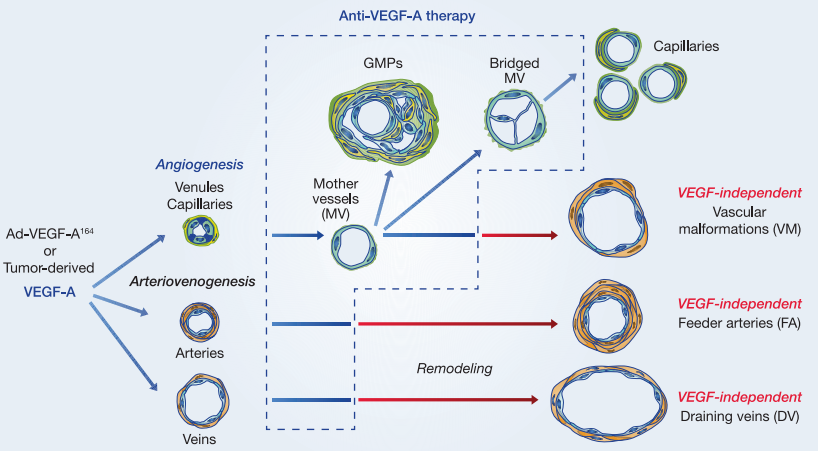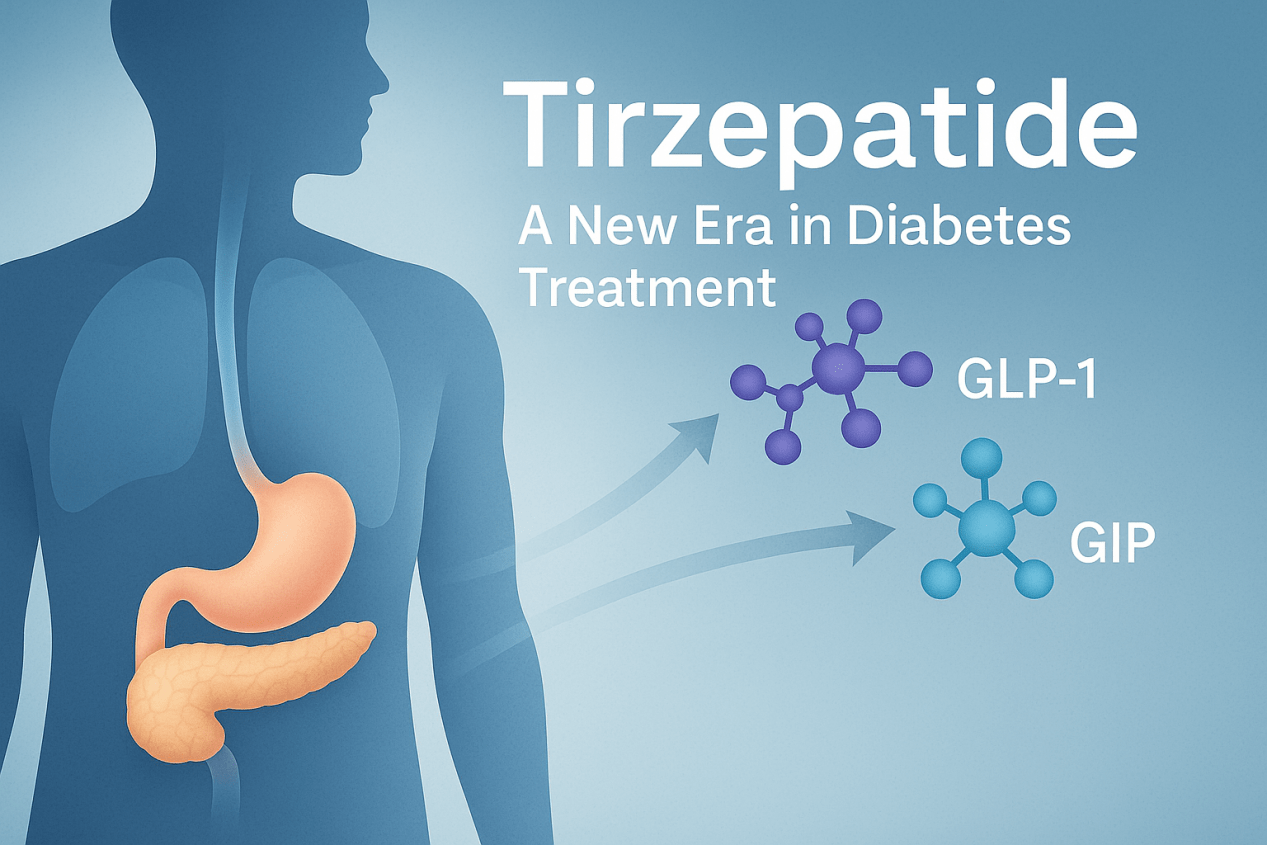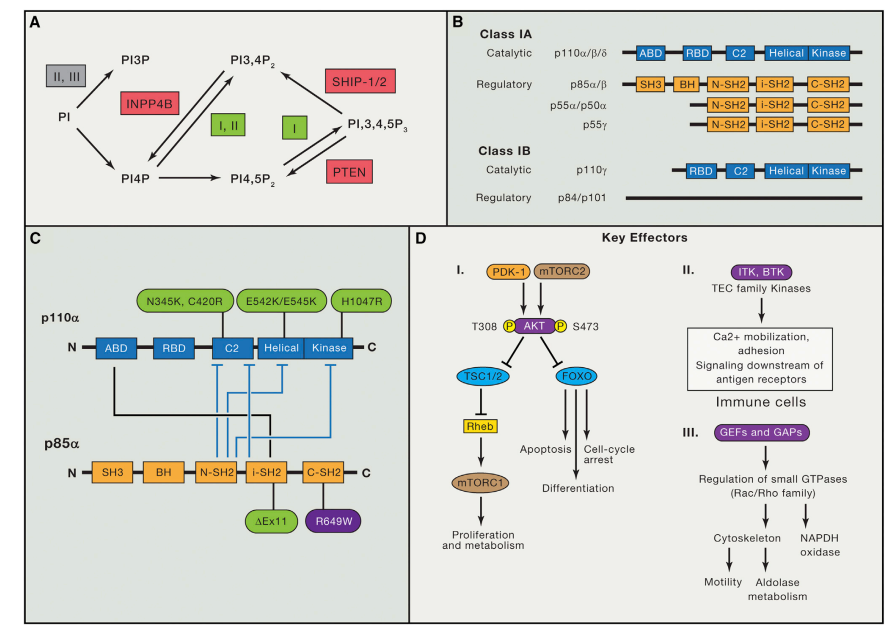Tetramethylammonium Hydroxide (TMAH)
Abstract
Tetramethylammonium Hydroxide (TMAH) is a colorless crystalline substance, often trihydrate (CAS: 10424-66-5) and pentahydrate (CAS: 10424-65-4), with a similar smell to certain amines. There is no trace residue even at low temperature treatment. It is very soluble in water and exothermic when dissolved, the aqueous solution is strongly alkaline and has a slippery feeling. Very easy to absorb moisture, in the air can quickly absorb carbon dioxide, 130 ℃ when the decomposition of methanol and trimethylamine, usually used with 10%, 25% water (or alcohol) solutions and compounds containing crystalline water.
What is Tetramethylammonium Hydroxide (TMAH) ?
Tetramethylammonium Hydroxide (TMAH) is a colorless crystalline substance, often trihydrate (CAS: 10424-66-5) and pentahydrate (CAS: 10424-65-4), with a similar smell to certain amines. There is no trace residue even at low temperature treatment. It is very soluble in water and exothermic when dissolved, the aqueous solution is strongly alkaline and has a slippery feeling. Very easy to absorb moisture, in the air can quickly absorb carbon dioxide, 130 ℃ when the decomposition of methanol and trimethylamine, usually used with 10%, 25% water (or alcohol) solutions and compounds containing crystalline water.
Tetramethylammonium hydroxide is mainly used in polyester-based polymers, textiles, plastic products, food, leather, wood processing, electroplating, microorganisms, etc. At present, this product enters the cutting-edge science and technology field, such as in the manufacturing of printed circuit boards and microscope sheets, as a cleaning agent for integrated circuit boards and as an anisotropic corrosive agent for the Si-SiO2 interface in semiconductor microfabrication technology. With the development of science and technology, the need for this type of chemical reagent is increasing day by day, and the quality and quantity of tetramethylammonium hydroxide are demanding more. Preparation methodsTetramethylammonium hydroxide is prepared in many ways, generally using the silver oxide method, generated by the reaction of tetramethylammonium chloride with silver oxide. However, the process of preparing tetramethylammonium hydroxide by this method is complicated, the raw material silver oxide is expensive, and the resulting product contains high impurity ions, such as halogen ions, alkali metal ions, etc., which is used in the catalytic polymerization of silicone monomer, seriously affects the characteristics of silicone products, and can not meet the requirements of cleaning and corrosion in the electronics field. From the seventies, a new process of preparing tetramethylammonium hydroxide by electrolysis was adopted and gradually replaced the silver oxide method. The quality of the product made by electrolysis is better and the cost is lower, which can not only meet the needs of silicone production, but also enter the field of electronics industry.
Due to its strong basicity, tetramethylammonium hydroxide is stable at temperatures that do not exceed the decomposition point. When the catalysis is finished it is easily removed without leaving any residue. It is non-polluting to silicone products. Therefore, it is also known as a “temporary catalyst” and can be used as a polarographic reagent in analysis to precipitate the hydrides of many elements without ash.
As an organic base, tetramethylammonium hydroxide has an extremely wide range of uses in the field of process research. Its main areas of application are as follows.
- Surfactant: Since TMAH is a quaternary ammonium base, it can be used as a surfactant.
- Organic synthesis reagents: TMAH is an organic base, can react with a variety of different acids to prepare the corresponding ammonium salts, such as tetramethylammonium bicarbonate, tetramethylammonium fluoride and other more difficult to synthesize and no commercially available ammonium salts; preparation of acidic compounds alkyl derivatives, etc.
- Catalyst: tetramethylammonium hydroxide is widely used as phase transfer catalyst in silicone synthesis, such as as a catalyst for dimethyl silicone oil, phenylmethyl silicone oil, silicone diffusion pump oil, solvent-free silicone molding plastic, silicone resin and silicone rubber; it can be used as a condensation catalyst for rubber antioxidant intermediates; as a catalyst for zeolite and molecular sieve synthesis. Its advantage is that heating up the temperature after the reaction, it can be decomposed into gas and driven away without residue in the product.
- Analytical field: TMAH is excellent methylating agent with high methylation energy and fast esterification. TMAH is used as pre-treatment agent when determining the composition of fatty acids by gas chromatography. It is used as a supporting electrolyte in polarographic analysis; TMAH is a strong organic base and can be used as a titrant for organic acids, especially when metal ions and non-aqueous solvents are avoided.
- Semiconductor field: organic material etching in TMAH as positive gel developer, organic material etching mainly refers to the photoresist after the development and graphic transfer of the debonding; TMAH is an anisotropic etchant with excellent corrosion performance, good selectivity, non-toxic and non-polluting environment, can be widely used in the modern electronics industry. The main component of the developer is alkali, the original alkali used is inorganic alkali KOH, with the progress of science and technology, the design and manufacture of integrated circuits need to meet a variety of complex process conditions, the requirements of chemical impurities are increasingly demanding. The previous development solution used was an inorganic base such as KOH, which required a large amount of water to rinse the substrate after development, and ultimately did not ensure that K+ could be thoroughly rinsed. The excessive residue of metal ions cannot meet some harsh process conditions, such as the increasing number of electronic components in a single manufacturing unit, the line width is getting narrower and narrower, becoming a bottleneck that can not be ignored to restrict the development of the electronics industry, and TMAH just overcome the shortcomings of KOH, no metal ions, high temperature decomposition without residue.
- Cleaning agent: PCB and other electronic industry cleaning agent, TMAH has good cleaning effect and no residue.
- Other fields: used as ashless alkali to precipitate many metal elements in product purification; used as pH buffer.




